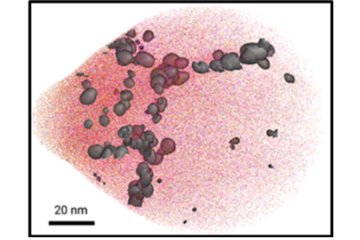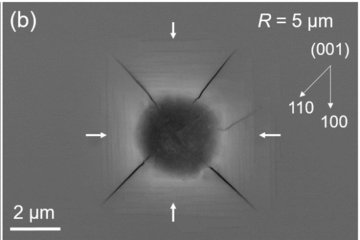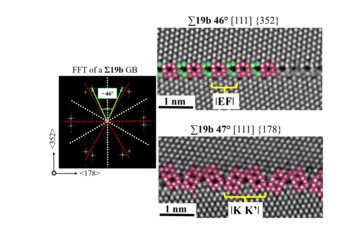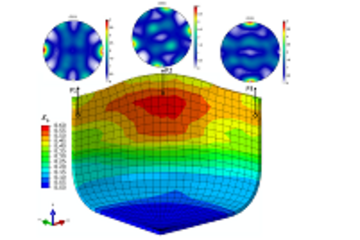All genres
421.
Talk
High Resolution Kelvin Probe Microscopy: Scanning Kelvin Probe Force Microscopy (SKPFM) vs. classical Scanning Kelvin Probe (SKP). 6th international symposium: Electrochemical Micro- and Nanosystem Technologies (EMNT 2006), Bonn, Germany (2006)
422.
Talk
Oxygen Reduction on Thiol SAM Modified Au(111). 209th Meeting of The Electrochemical Society, Denver, Colorado, USA (2006)
423.
Talk
Mechanism of corrosion protection by conducting polymers. 209th Meeting of The Electrochemical Society, Denver, CO, USA (2006)
424.
Talk
Delamination of Polymer/metal Interfaces: On the Role of Electron Transfer Reactions at the Buried Interface. 209th Meeting of The Electrochemical Society, Denver, CO, USA (2006)
425.
Talk
Intelligent Corrosion Protection by Conducting Polymers. Smart Coatings 2006, Orlando, FL, USA (2006)
426.
Talk
Intelligenter Korrosionsschutz mittels Nanocomposite Coatings auf Basis leitfähiger Polymere. Polymers & Coatings 2006, Universität Mainz, Mainz, Germany (2006)
427.
Talk
Design of Inherently Delamination Resistant Polymer/Metal Interfaces. Workshop on Multifunctional Materials, Keystone, CO, USA (2005)
428.
Talk
On the role of passive oxides at buried polymer/metal interfaces. The 9th International Symposium on the Passivation of Metals and Semiconductors, and the Properties of Thin Oxide Layers, Paris, France (2005)
429.
Talk
Mechanism of Corrosion Protection by Conducting Polymers. European Coatings Conference "Smart Coatings IV", Berlin, Germany (2005)
430.
Talk
Release of dye molecules from mesostructured microparticles. 104th Bunsentagung, Frankfurt a. M., Germany (2005)
431.
Talk
Metal/Polymer Grenzflächen. NACE, Housten, USA (2005)
432.
Talk
Delamination von polymeren Beschichtungen: Offene Fragen und neue Ansätze. 1. Korrosionsschutz-Symposium: Korrosionsschutz durch Beschichtungen in Theorie und Praxis, Schlosshotel Villa Rheinfels, St. Goar, Germany (2005)
433.
Talk
Kinetics of O2-reduction at model interfaces investigated with a scanning Kelvin Probe using an O2-insensitive Ag/AgCl/KCl – tip. ISE Annual Meeting, Thessaloniki, Greece (2004)
434.
Talk
Conducting polymer coatings for corrosion protection: Pros and cons. ISE Annual Meeting, Thessaloniki, Greece (2004)
435.
Talk
The role of the electrode potential at the buried polymer/metal interface on electrochemically driven delamination: The case MgZn2. ISE Annual Meeting, Thessaloniki, Greece (2004)
436.
Talk
Leitfähige Polymere für den Korrosionsschutz: Chancen and Risiken. DGO (GDCh) Jahrestagung, Graz, Austria (2004)
437.
Talk
The effect of Oxygen Reduction on the Self-Assembly and Stability of Thiol Monolayer Films. 205th Meeting of the ECS, San Antonio, TX, USA (2004)
438.
Talk
Galvanizing of Defined Model Samples: On the Road to a Fundamental Physical Understanding of Hot-Dip Galvanizing. GALVATECH, Chicago, USA (2004)
439.
Talk
Development of Zinc-Alloy Coatings with Inherent Delamination Stability for Organic Coatings. Galvatech '04, Chicago, IL, USA (2004)
440.
Talk
Delamination of Organic Coatings From Galvanized Steel: A Fundamental Overview. GALVATECH, Chicago, IL, USA (2004)











